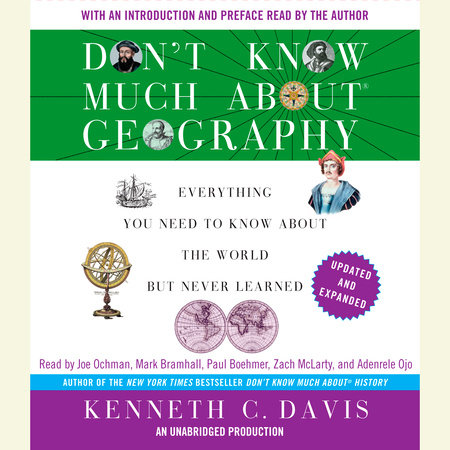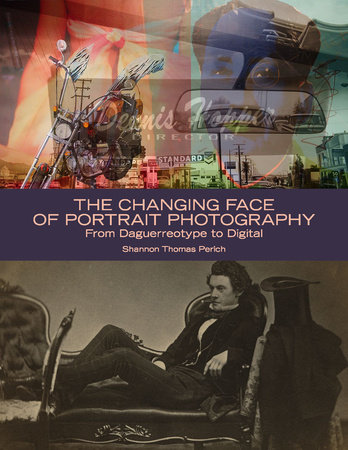

The Changing Face of Portrait Photography
Text by (art/photo books) Shannon Perich
Text by (art/photo books) Shannon Perich
Category: Photography

-
$35.00
Oct 18, 2011 | ISBN 9781588342744
Buy the Hardcover:
YOU MAY ALSO LIKE

Pug Shots
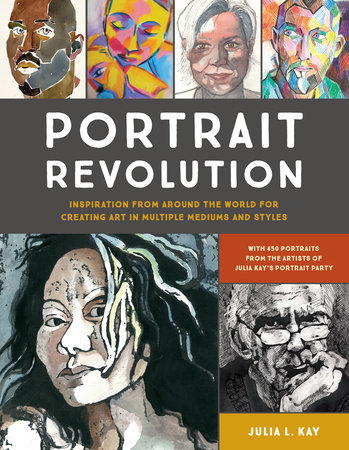
Portrait Revolution
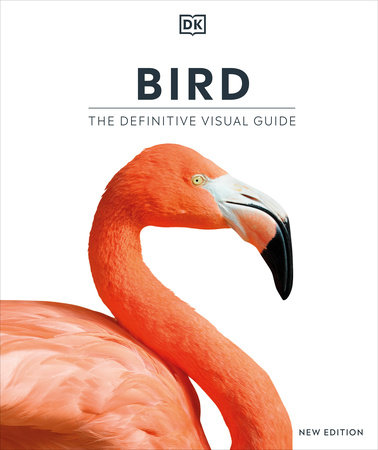
Bird, New Edition

Ecotourists Save the World
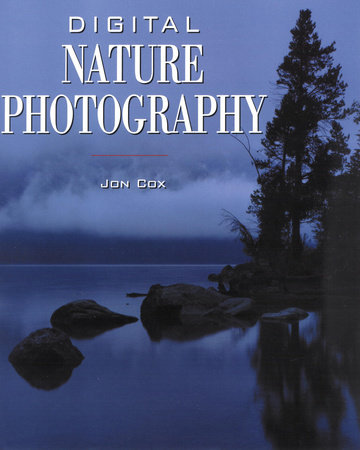
Digital Nature Photography

Bald Coot and Screaming Loon
Praise
PUBLISHERS WEEKLY
Perich, associate curator of the Smithsonian’s Photographic History Collection, looks at how photographic subjects, techniques, uses, and approaches have changed from the mid-19th to the 21st century by studying nine iconic photographers: Juliet Margaret Cameron, Dorothea Lange, Richard Avedon, George K. Warren, Gertrude Käsebier, Nicholas Murray, Henry Horenstein, Lauren Greenfield, and Robert Weingarten. Perich’s fine introduction notes how photographs represents “a complex balance of culture, technology, artistic intention, personal and consumer use, and historical context.” She explores these factors in essays on each photographer, providing biographical information that proves particularly helpful in parsing the images. Of Lange, for example, she suggests that the photographer’s empathy for the Depression-era poor was partly based on her own suffering—she was stricken by polio as a child and was deeply scarred by her father’s desertion of the family. While one can argue with Perich’s choices—why no W. Eugene Smith or Diane Arbus?—she has unquestionably produced an important, well-written, and aesthetically pleasing work. (Oct.)
CHOICE
Drawing from the rich, vast photographic collection of the Smithsonian Institution’s National Museum of American History, associate curator Perich surveys the history of portrait photography, and in so doing also offers a broader history of photography. Beginning with the daguerreotype and ending with current innovations in digital imaging, the author details the way in which developments in technology served the needs of nine portrait photographers and one photographic portrait studio. In each of ten chapters, Perich provides a concise description of how both well-known and lesser-known photographers exploited innovations in technology to fulfill their aesthetic needs and the demands of their audience. One of the strengths of the book is Perich’s ability to make clear the various complex photographic processes and then contextualize them within each artist’s oeuvre to show how each development allowed for unique expression. The extensive and lavish illustrations (130 total) and their accompanying captions are another strength. This book will interest those seeking a history of portrait photography and a general history of photography. Summing Up: Recommended. Lower- and upper-level undergraduates; general readers. — J. H. Noonan, Caldwell College
21 Books You’ve Been Meaning to Read
Just for joining you’ll get personalized recommendations on your dashboard daily and features only for members.
Find Out More Join Now Sign In








